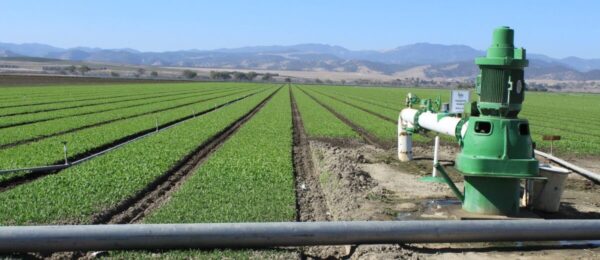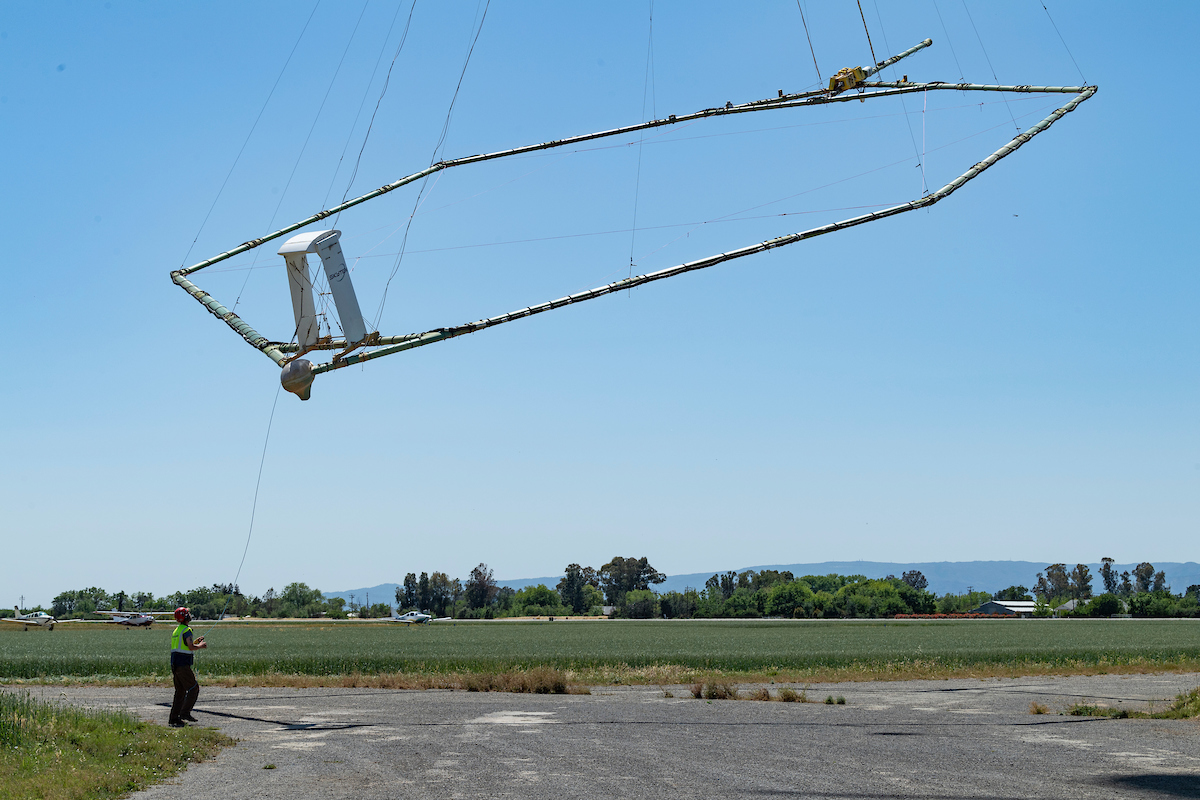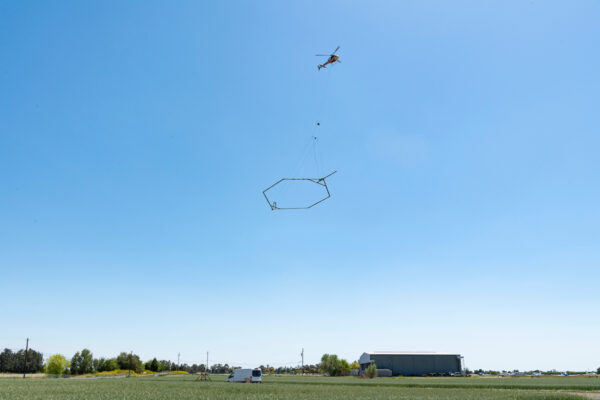 From the Department of Water Resources:
From the Department of Water Resources:
 The Department of Water Resources (DWR) today released the draft California’s Groundwater – Update 2020 (Bulletin-118), containing information on the condition of the State’s groundwater, which is especially important as California faces a critically dry water year. DWR encourages community members and water managers to review the publication and provide input.
The Department of Water Resources (DWR) today released the draft California’s Groundwater – Update 2020 (Bulletin-118), containing information on the condition of the State’s groundwater, which is especially important as California faces a critically dry water year. DWR encourages community members and water managers to review the publication and provide input.
This version of California’s Groundwater provides a comprehensive look at statewide groundwater activities, compiling technical information and data from 2003 to 2020. This bulletin recognizes the historic passage of the Sustainable Groundwater Management Act (SGMA) in 2014 and builds a statewide framework to share new information and progress made by locals who are managing groundwater basins across the state. It also highlights emerging topics such as water markets and the impacts of climate change on groundwater and summarizes groundwater information for each of the State’s 10 hydrologic regions.
The publication contains a Highlights overview section in English and Spanish, and a detailed Statewide Report, which features current knowledge of groundwater resources including information on the location, characteristics, use, management status, and conditions of the state’s groundwater. The publication also presents findings and recommendations that support the future management and protection of groundwater.
This information can help communities and local water managers work together to find unique ways to manage their groundwater basins for long-term reliability and support actions being implemented as part of Governor Gavin Newsom’s 2020 California Water Resilience Portfolio.
California’s Groundwater is organized to share the growing body of groundwater data that is available now and will continue to be submitted by local agencies in the future as part of the implementation of SGMA.
DWR is developing a companion California’s Groundwater web-based dashboard leveraging the California Natural Resources Agency Open Data Platform to improve the access and timeliness of statewide groundwater information, making it easily available for water managers and the public to use.
California’s Groundwater Information
Public Webinar Meeting
DWR will present an overview of California’s Groundwater at a public webinar meeting on March 30, 2021, from noon to 1:30 p.m. RSVP here.
Public Comment Period
A 45-day public comment period is now open on the draft report and companion California’s Groundwater Online application. All comments will be reviewed and will provide valuable feedback to DWR to improve the analysis, reporting, and access to California’s groundwater information.
Public comments can be emailed to CalGW@water.ca.gov and will be accepted through April 26, 2021.
To review submitted public comments, email CalGW@water.ca.gov.
California’s Groundwater – Update 2020
The final version of California’s Groundwater is expected to be released in summer 2021.
For more information, visit the updated California’s Groundwater webpage.
 The Department of Water Resources’ (DWR) innovative Statewide Airborne Electromagnetic (AEM) Survey Project has now released AEM data for the entire Central Valley of California, marking a major milestone for the program.
The Department of Water Resources’ (DWR) innovative Statewide Airborne Electromagnetic (AEM) Survey Project has now released AEM data for the entire Central Valley of California, marking a major milestone for the program.




